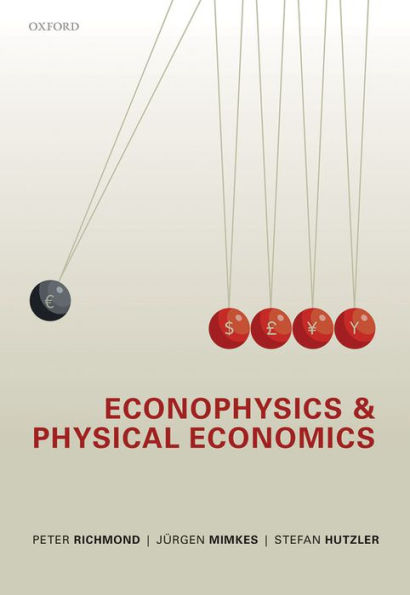5
1
9780199674701


Econophysics and Physical Economics available in Hardcover

Econophysics and Physical Economics
- ISBN-10:
- 0199674701
- ISBN-13:
- 9780199674701
- Pub. Date:
- 12/01/2013
- Publisher:
- Oxford University Press
- ISBN-10:
- 0199674701
- ISBN-13:
- 9780199674701
- Pub. Date:
- 12/01/2013
- Publisher:
- Oxford University Press
105.0
In Stock

Product Details
| ISBN-13: | 9780199674701 |
|---|---|
| Publisher: | Oxford University Press |
| Publication date: | 12/01/2013 |
| Edition description: | New Edition |
| Pages: | 258 |
| Product dimensions: | 6.60(w) x 9.70(h) x 0.90(d) |
About the Author
From the B&N Reads Blog
